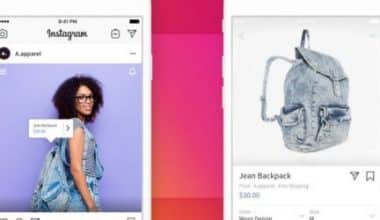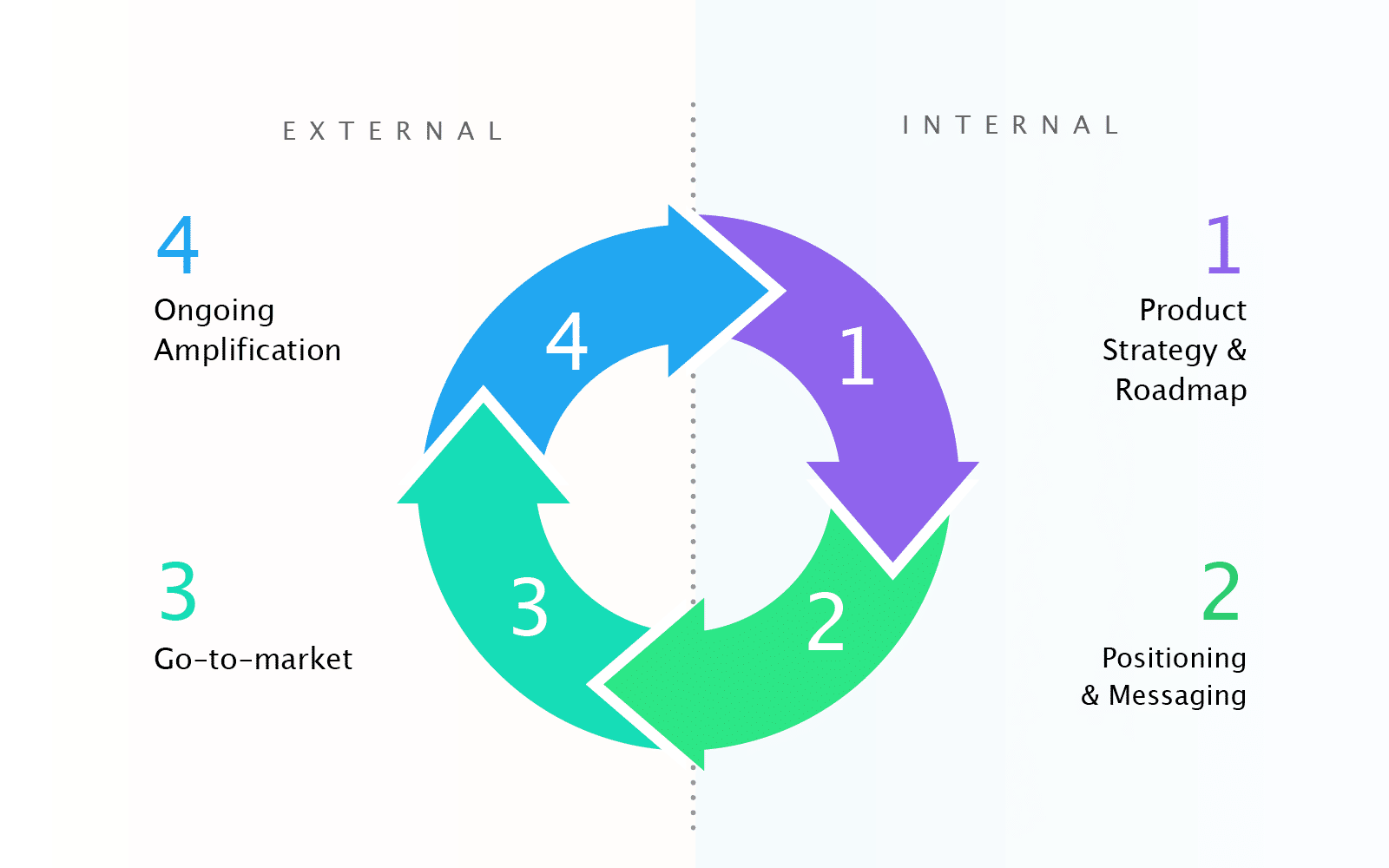What comes to mind as soon as the word “disruptive” is mentioned? Perhaps “startling” or “intrusive” come to mind. Perhaps you envision someone interrupting you in the middle of a conversation. Although disruptions may not sound like good things, they can be powerful marketing tools if you employ the proper strategies.
Did you know that we can be glued to our screens for up to 80% of the day? This is because technology has permeated every aspect of our lives, and businesses are increasingly focusing on digital marketing when developing new strategies. However, the market has become diluted with online content due to the over 7 billion posts made each day on Instagram alone; posting a standard advertisement is no longer sufficient. Therefore, with new technologies like AI and video streaming gaining more and more traction, change is imminent. But what exactly is a disruptive marketing campaign, and how can your brand use these concepts?
What Is Disruptive Advertising?
Disruptive marketing is the use of innovative approaches to alter how businesses connect with and market to their target markets. They experiment with novel approaches that people haven’t seen before rather than maintaining the “status quo” or adhering to what brands already know works.
Additionally, risky trial and error is part of disruptive marketing, as some of the strategies are effective and have great success. Over time, some have even become mainstream or conventional marketing techniques. Others, however, fall short, which is how innovation works. Technology innovation is frequently a direct cause of disruptive marketing tactics. Consequently, new opportunities for marketing strategies that have never been used before arise as new communication channels, such as social media or direct response channels, are developed.
What Are Disruptive Marketing Strategies?
Disruptive marketing strategies involve employing unconventional strategies that go against the grain. Disruptive marketers experiment with risk-taking, novel strategies that have never been tried before rather than adhering to conventional marketing wisdom. Some are successful, while others fail but that’s okay because that’s how innovation operates.
Note that without disruption, we would always be in a state of static stagnation. So what made “disruptive marketing” so popular today, and how did it get here? The answer is rapid technological advancements, rising consumer expectations, and intense competition across most industries have made marketing disruption more crucial than ever.
What Is Disruptive Digital Marketing?
Disruptive digital marketing means using contemporary digital tools to challenge conventional wisdom about marketing, upend perceptions, and alter how your business and its sector are perceived. To put it another way, disruptive digital marketing focuses on upending the established order by experimenting with digital methods and putting the conventional marketing strategy to the test.
What Are The Two Types Of Disruptive?
There are two main types of disruptive innovation:
#1. Low-end Disruption:
Numerous innovations struggle to gain widespread acceptance right away. In established markets, new entrants must compete with established businesses, and they frequently struggle to initially produce goods of sufficient quality to satisfy customers’ needs. As a result, disruptive innovators frequently focus on low-margin market segments. Established businesses frequently view these clients as being less lucrative. In this case, the new competitor uses emerging technologies to produce a low-end product that may be inferior to the original but still satisfies the needs of the most cost-conscious customers. Once the disruptor gains a foothold, they move up the food chain, focusing on the more affluent clients to boost profit margins.
#2. New-market Disruption:
When a new competitor enters the market and grows it by focusing on consumers who have never used a comparable product before, this is known as “new market disruption.” A “new market” is thus created by the disruptive company by providing a more approachable or less expensive product.
What Is An Example Of Disruption Marketing?
Here are three examples of new-market disruption in action to inspire your organization’s strategy.
#1. Computers and Smartphones:
Disruptive Strategy outlines two examples of new-market disruption: the emergence of personal computers and smartphones, which illustrate how disruptors become incumbents that can then be disrupted by innovation. The first computers were large and expensive, only available to big companies and universities.
The invention of the personal computer created a new market segment that wasn’t served by mainframes: individuals. Early computers cost around $3,000, thereby making computing technology more widely accessible than ever before. Over the years, the capabilities of personal computers improved to the point that mainframe computers were deemed virtually obsolete.
Therefore, smartphones have brought computing technology to a new market segment, where people can use the internet from the palm of their hands for only a fraction of the cost. Additionally, smartphone capabilities are poised to disrupt the digital photography industry, making personal computers less necessary.
#2. Transistor Radios:
The transistor radio was a new-market disruption in 1954, disrupting the radio market by targeting the less wealthy, teenagers, and people with jobs that required them to move around a lot. This new market segment had previously had no reasonable options in the radio market.
Although the transistor radio was of relatively poor quality, it offered mobility, which stereo systems did not, and did so at a reasonable price. With the introduction of the Sony Walkman, MP3 players, the Apple iPod, and smartphones, the quality of portable radios continued to improve dramatically, making in-home stereo systems less desirable.
Shared mobility services, such as Uber and Lyft, have created a market segment for those who can’t afford or don’t want to purchase a car. Owning a car has advantages, but it’s not financially possible or makes sense for city living.
Therefore, shared mobility services provide flexibility at a lower cost than owning a car. This illustrates the concept of a new-market disruptive innovation providing a level of performance deemed too low by mainstream market customers but acceptable by members of the new market segment. However, this example has not yet progressed to the disruptive innovation stage. Will mobility-sharing options eventually become so flexible and affordable that owning a car is considered unnecessary?
What Are The 5 Disruptive Technology?
#1. Blockchain
Blockchain is a large, distributed database in which all types of transactions can be recorded directly between parties without the need for intermediaries, in real-time, securely, and with complete traceability. It has four important characteristics: an open record, a chain of transactions, a decentralized nature, and a consensus mechanism. The verification of each transaction block requires a complex mathematical algorithm to be solved, which shields the system from any attempt at falsification.
Additionally, it is very practical to use and manage due to these features. Blockchain is being used by sectors like banking, government, supply chain management, healthcare, insurance, and transportation to streamline procedures and boost security.
#2. Artificial Intelligence and Machine Learning
Machine learning (ML) and artificial intelligence (AI) go hand in hand. AI is the ability of computers to imitate cognitive human functions such as learning and problem-solving. ML is when computers learn to extract patterns from collected AI data and apply them to new tasks. AI is disruptive, but collaboration between humans and machines could lead to a better future.
Note that Electronic Line Calling uses artificial intelligence to determine if tennis balls have landed inside or outside court lines during tennis matches. It uses data, algorithms, geometry, and TV cameras to make predictions more accurate than line umpires. During the pandemic, line-calling technology replaced line umpires to reduce the spread of infections. AI has disrupted the sports industry and contributed to normality during unprecedented times.
#3. The Cloud
The cloud is a disruptive technology that allows users to access files and applications from various devices, as the storage takes place on servers in a data center instead of locally on the user’s device. This is explained by the ability to take pictures with a cell phone and transfer them to a laptop without having to transfer them over with a USB cord.
Furthermore, the cloud offers three benefits:
- No need to download multiple copies of documents;
- Files on the cloud and accessible from any device with internet access;
- Finally, everything stored on the cloud goes with you.
#4. Internet of Things
The Internet of Things (IoT) is a technology that connects physical objects to the Internet through unique identifiers. These include RFID, EPC, edge computing, and Word. RFID is a tag identification system that can be added to an article or living being and uses antennas to identify itself. EPCs rely on RFID technology, Edge Computing reduces the need for cloud storage and bandwidth consumption, and Word is a string of bits that functions as a set.
Because IoT has digitalized physical objects, it has upended society. This has influenced industries and business models and will undoubtedly lead to a more connected world.
#5. Cybersecurity
Cybersecurity is becoming increasingly important due to the rise of disruptive technologies such as AI and ML, IoT protection, multi-factor authentication, and permission requirements. Solutions such as AI and ML, IoT protection, multi-factor authentication, and permission requirements are needed to stay ahead of attacks. The innovation behind cybersecurity must evolve with them.
Why Are Ads Disruptive?
Disruptive marketing methods help businesses stand out in an increasingly competitive market.
The Benefits are:
#1. You’ll be prepared to seize opportunities:
By being open to new concepts and innovations, you can position yourself for opportunities that may not yet be available.
#2. You’ll refine your processes along the way:
We must evaluate our processes to see how we can more effectively adapt, change, or improve to deliver better service, produce a better product, or cause disruption in our industry when we step back to evaluate current market share and potential solutions to customer needs. Finding new internal areas for improvement is a crucial first step in staying current and being able to quickly adjust to an industry that is changing.
#3. Your company will expand in size or discover its niche:
Look for a business opportunity based on how traditional industries are changing the way that customers behave. If the opportunity initially seems to be declining and not increasing market share or margin, don’t be alarmed. Larger, more traditional organizations may not find disruptive marketing strategies appealing, but they can outperform the earlier models through volume and scale.
Is Disruptive Advertising Legit?
Yes, disruptive advertising is legitimate because it can be an extremely effective piece of content for driving engagement, but it’s even more valuable to approach disruptive advertising over the long term.
Who Owns Disruptive Advertising?
Jacob Baadsgaard, the founder, and CEO of Disruptive Advertising.
1. What is CPC?: Importance, Advertisement, Marketing & Certificate
2. AMAZON ADVERTISING: Detailed Guide To Amazon Advertising Strategy
3. What is CPC?: Importance, Advertisement, Marketing & Certificate
4. NETWORK ARCHITECTURE: Meaning, Types, and Examples






